Wild rabbits, Stone Age settlements and fjord swimming: How to try island-hopping, the Danish way
Exploring Denmark’s Coastal Land makes for a stripped-back Scandi adventure, finds Tom Batchelor

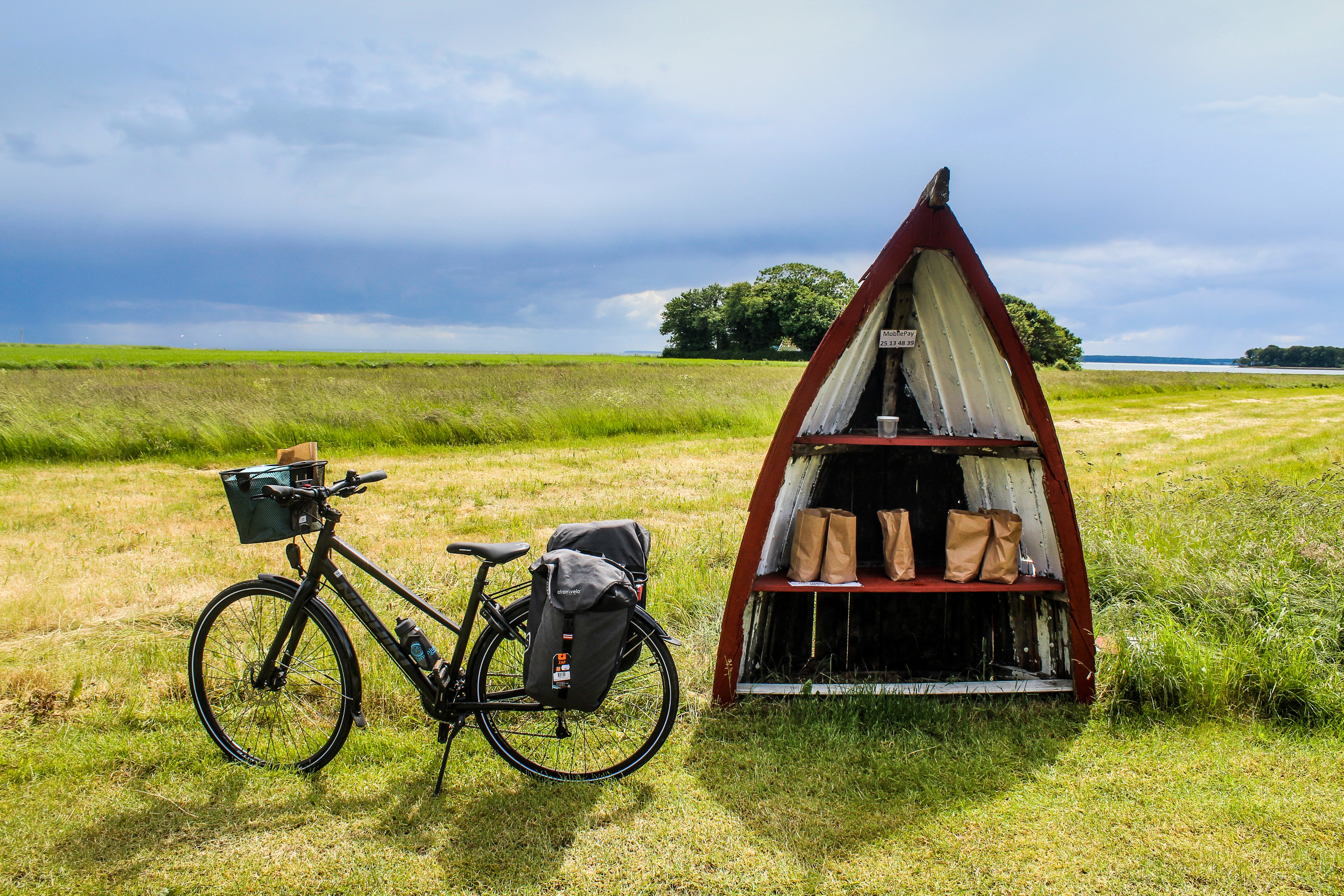
Your support helps us to tell the story
From reproductive rights to climate change to Big Tech, The Independent is on the ground when the story is developing. Whether it's investigating the financials of Elon Musk's pro-Trump PAC or producing our latest documentary, 'The A Word', which shines a light on the American women fighting for reproductive rights, we know how important it is to parse out the facts from the messaging.
At such a critical moment in US history, we need reporters on the ground. Your donation allows us to keep sending journalists to speak to both sides of the story.
The Independent is trusted by Americans across the entire political spectrum. And unlike many other quality news outlets, we choose not to lock Americans out of our reporting and analysis with paywalls. We believe quality journalism should be available to everyone, paid for by those who can afford it.
Your support makes all the difference.A rustle, a flash of white, and it was gone. First to the left of us and then again on the right. Our bikes came to a gentle stop and we paused to watch dozens more seemingly-choreographed movements.
The narrow path that stretched out before us led to a small, secluded beach. But to reach the shingle shore we first had to navigate a herd of wild rabbits; each of the creatures paused momentarily before darting into the undergrowth with a flick of white tail. Before long, the path cleared and we were back on our way.
We suddenly understood why Endelave, one of several islands we were visiting on a two-wheeled tour of the Kystlandet (Coastal Land), part of Denmark’s Jutland, is often referred to as “Rabbit Island”. There are many, many more of them here than there are people – totalling up to 15,000, they outnumber the 155 or so human inhabitants by almost 100 to one.
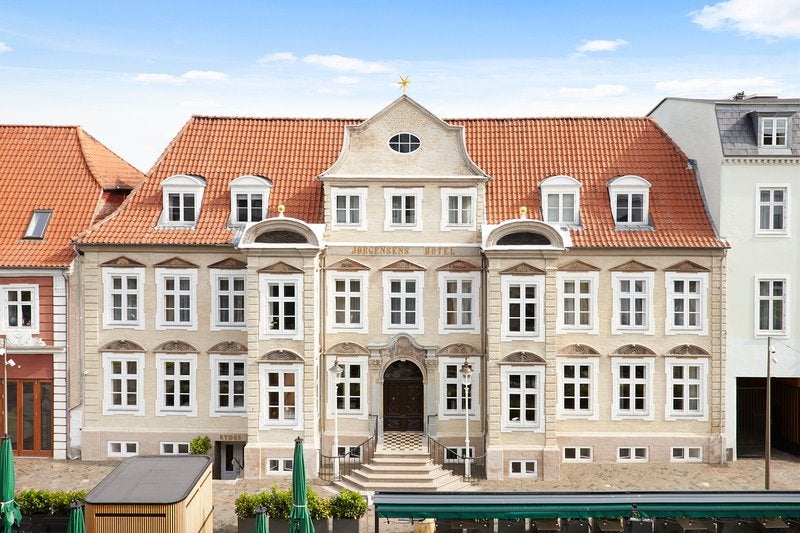
But we weren’t just here to see these long-eared critters. Located on the eastern coast of central Jutland, a peninsula forming the continental portion of Denmark, Kystlandet is made up of idyllic harbour towns, an archipelago of pastoral islets and unspoilt coastlines. With villages rooted in their Viking past and bicycle paths that meander from bison farms to deserted beaches perfect for a midsummer swim, a trip to Kystlandet promised a blissful few days of island hopping – the Danish way.
To reach this charmingly sedate corner of Scandinavia, we decided to embrace the concept of slow travel and take the train. Whooshing through the French, Belgian, German and finally Danish countryside at speeds of up to 300km/h, however, felt anything but slow. While it took us around 30 hours to journey from London to the town of Horsens, Kystlandet’s main urban centre, stops in Brussels, Cologne and Hamburg made the journey an integral part of the trip. And the trains, with their well-stocked dining cars, sweeping views and speedy wifi, simply added to the fun.
Sitting at the head of Horsens Fjord, the city of the same name has a roughly 1,000-year-long history, and was the birthplace of Vitus Bering, who discovered the Bering Strait in 1728. Its recent reputation had been unfairly overshadowed by a state prison (closed in 2006 and turned into a fascinating museum), but Horsens is now reclaiming its reputation as an industrial yet pretty town full of history and culture.
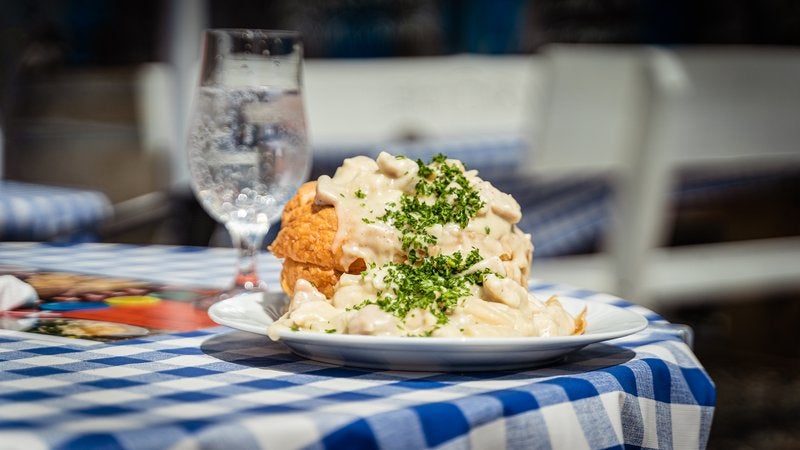
Our first night was spent at the grand Jørgensens Hotel, whose restaurant, Eydes, served as our introduction to the region’s cuisine (a favourite, Stjerneskud – ‘Shooting Star’ – consists of an open sandwich generously stacked with fried fish, prawns and smoked salmon).
The following day, our panniers packed, we set off by bicycle to explore the fjord and the islands that are dotted around it. A morning of pedalling propelled us to Alrø, a small island which is connected to the mainland via a dam – but has all the charm and tempo of a remote fishing hamlet. Here, bison farm-turned-restaurant Alrø Købmandsgård serves up burgers, tapas and ice cream, and nearby Café Alrø offers its now famous giant patty shells filled with chicken and asparagus, or salmon mousse and shrimps.
We continued our journey across the fjord by bicycle ferry – with room for just 12 passengers and their bikes – to Hjarnø, another island retreat with just 110 permanent residents.
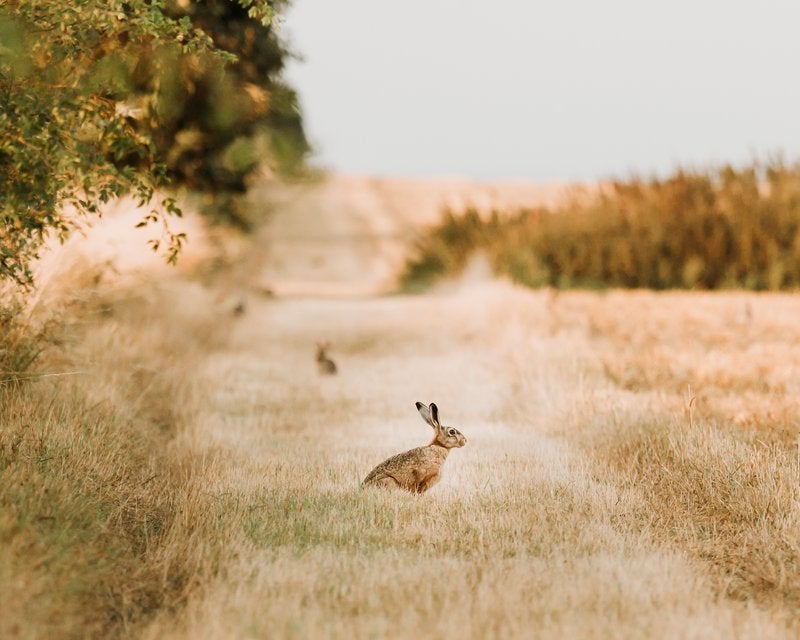
It’s home to one of Denmark’s smallest churches and a delightful artist-run cafe serving rosehip juice and home-brewed beer. In the shallow water west of the harbour, remains of a settlement from the Stone Age (2000BC) can be found, and inland, archaeologists have discovered a gold hoard from the late Iron Age (sixth century).
The final island on our tour of Horsens Fjord was Endelave, which – in addition to rabbits – has half-timbered houses surrounding a village pond, plus an inn (Endelave Kro) that welcomes overnighters with rooms looking out to sea. The surrounding waters are clean and shallow and there’s a choice of secluded beaches, making it an ideal place to swim, which we made sure to do after the hour-long ferry from Snaptun, the closest point on the mainland. Hours (or days) can be spent embracing island life; following the coastal walking trail, visiting the seaweed farm or, as we did, cycling from one end to the other, all the while keeping watch for the resident seal colony.
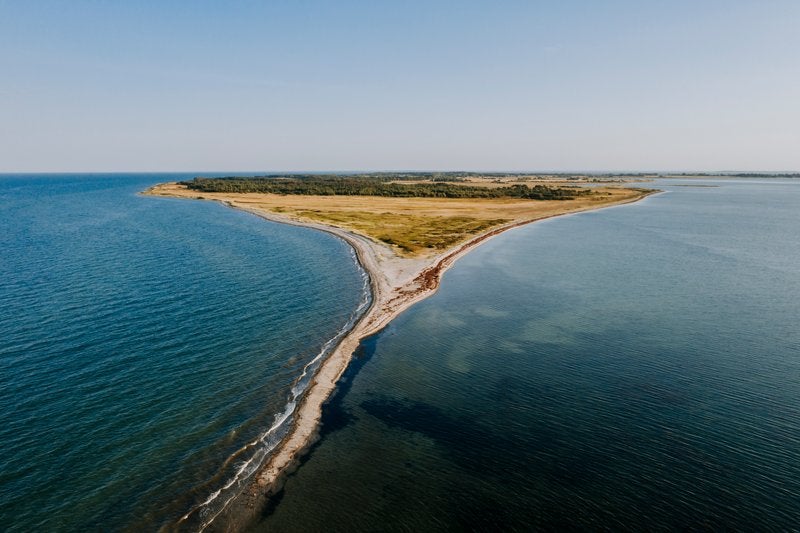
Reaching the mainland involved our fourth and final ferry ride. An hour later, we were happily cycling on another of Denmark’s exceptionally well-executed bike routes as we weaved our way back to Horsens – stopping for a final pier-swim to earn our hearty dinner of crispy pork and potatoes at restaurant Dolly’s, before we retreated for the night to Bødkergaarden, a wonderfully quaint B&B in a former barrel-makers’ workshop dating from 1734.
The following morning, the train to London beckoned once more, but not before a pit stop for fish-topped smørrebrød (open sandwich) at Café Gran in Horsens’ old Latin Quarter – a suitably maritime conclusion to our bike and boat tour of Denmark’s bucolic Coastal Land.
Travel essentials
Getting there
Travel with Eurail (for people living outside of Europe) and Interrail (for those in Europe). A “four days within one month” pass costs £214 per person.
Go island hopping with The Alrø-Hjarnø bicycle ferry from the tip of Alrø for £9 per person including bike.
Staying there
- Jørgensens Hotel in Horsens offers little Castle rooms (Lille Slotsværelse) from £161, B&B.
- Endelave Kro offers standard double rooms from £89.50, room only; breakfast costs an extra £13.
- Bødkergaarden B&B, set in one of the oldest and most beautiful houses in Horsens, offers doubles from £98, B&B.
Destination Kystlandet, VisitDenmark and Eurail helped arrange the trip
Join our commenting forum
Join thought-provoking conversations, follow other Independent readers and see their replies
Comments